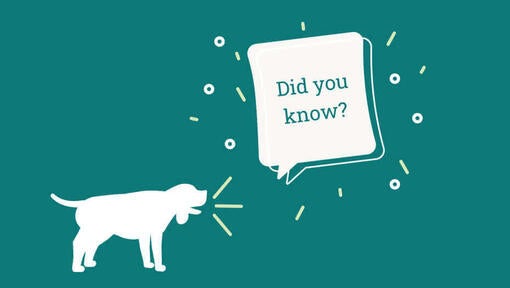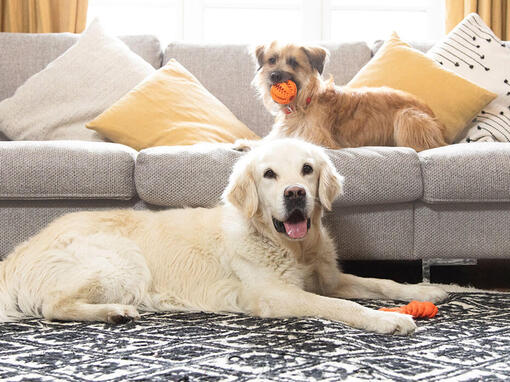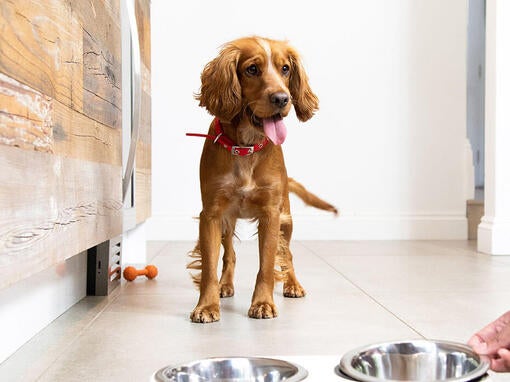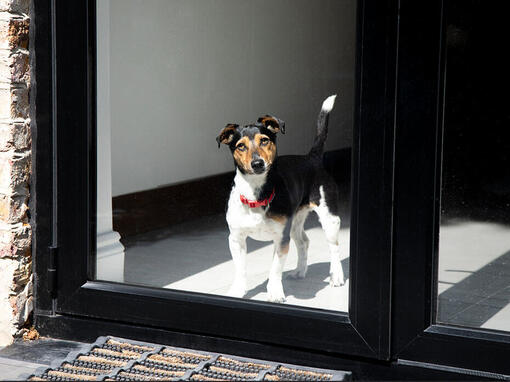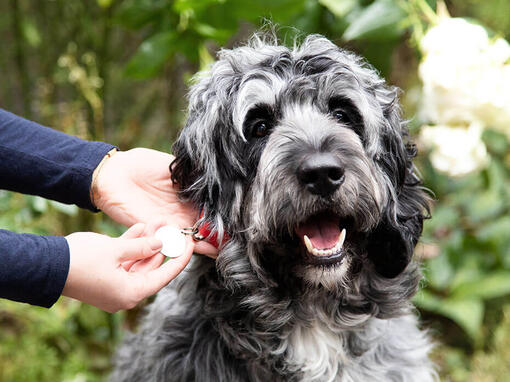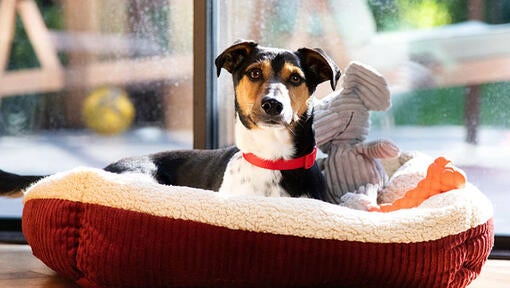History and Origins
Country of Origin: Scotland
Originally named the Mustard and Pepper Terrier, this is a working terrier developed in the 1600’s to hunt badger, otter and other quarry. In common with many terrier types, the Dandie Dinmont owes its existence to the common pastime amongst sporting men of developing their own specific type. However, the Dandie Dinmont gets its rather unusual name from the novel ‘Guy Mannering’ by Sir Walter Scott. The fictional character ‘Dandie Dinmont’ was based on a real borders’ farmer, James Davidson, who had a pair of this type of terrier named Mustard and Pepper. The fictional Dandie Dinmont was written as owning a pack of terriers named Auld Mustard and Auld Pepper, Young Mustard, Young Pepper, Little Mustard and Little Pepper, and so, despite Sir Scott’s claims to the contrary, there is little doubt who this character was based on. So much so that the real James Davidson’s friends took to teasing him and calling him ‘Dandie Dinmont’ following the novels publication.




